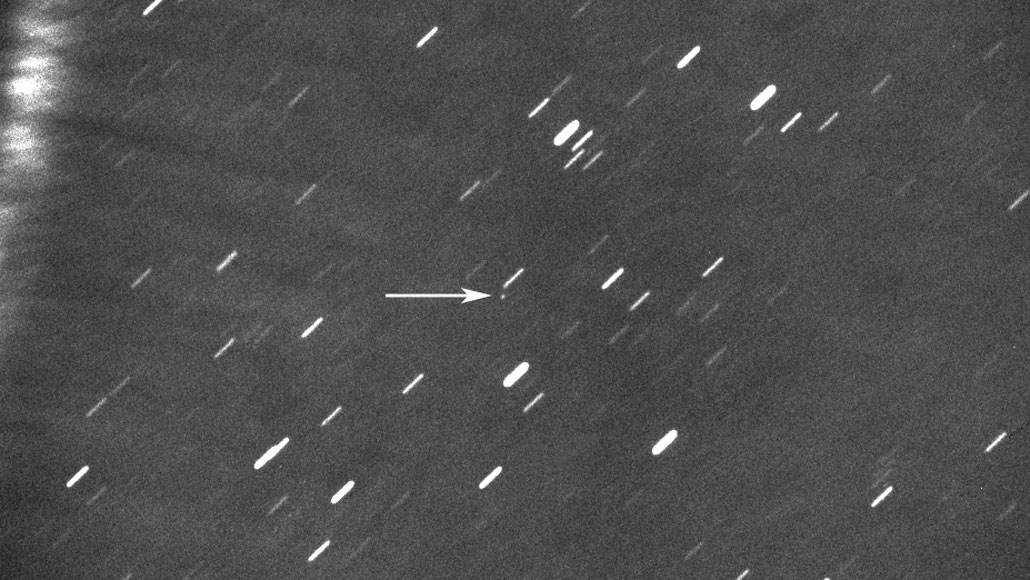For the first time, an asteroid has been found nearer to the sun than Venus
The space rock probably reached its orbit after a series of close encounters with rocky planets

Asteroid 2020 AV2 (arrow), found orbiting closer to the sun than Venus, appears as a white dot in this image from a telescope in Italy that is part of the Virtual Telescope Project.
Gianluca Masi/The Virtual Telescope Project







